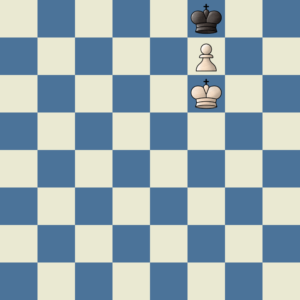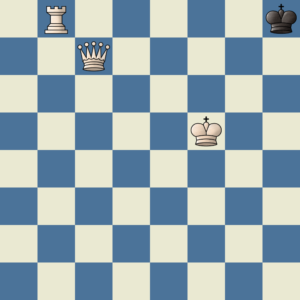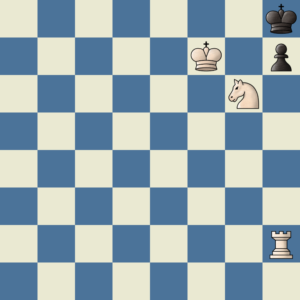In chess, there are two terms that very often confuse a fresher: stalemate and checkmate. While both are important for learning about chess, they fall under different rules and outcomes. Let’s dive deep into what makes them distinct and why they are so important.
What is Stalemate?
A stalemate occurs when a player has no more legal moves left but is not in check. That is, the player cannot move his pieces without placing his king in check-a move which is illegal. So, due to this situation, the game must end in a draw. In other words, neither side wins or loses.
Example of Stalemate:
Stalemate means the king is not in check and the player has no legal moves .Today I set up this stalemate position in a class (Black to play)


What is Checkmate?
Checkmate occurs when a king is in check-threatened by an opponent’s piece-and there is no legal move to get them out of the check. Then, the attacker wins the game. Unlike stalemate, checkmate is actually the point of chess: it means that someone has won.
Example of Checkmate:
Checkmate is when the king is in check (danger) and has no legal moves to escape. Today I set up this Checkmate position in a class (Black to play).


Key Differences Between Stalemate and Checkmate:
Outcome:
- Stalemate results in a Draw.
- Checkmate results in a win for the player delivering the checkmate.
King’s Status:
- In a stalemate, the king is not in check, but there are no legal moves.
- In checkmate, the king is in check and there is no escape.
Game Progression:
Stalemate can often occur when the defending side is trying to avoid losing and forces a draw by running out of moves.
Checkmate is the ultimate goal for winning the game by trapping the opponent’s king.
How to Avoid Stalemate:
To the beginning player, stalemates seem to occur when an accident happens where you are ahead in material and about to win, yet you leave your opponent with no moves. Here are a couple of ways to avoid this:
Leave some options open: Always take note of how many legal moves your opponent has left. Never trap the opponent’s king without allowing them a chance to move any piece.
Be careful in the endgame: As you approach the endgame, start thinking your moves out a little more carefully so that you don’t inadvertently stalemate your opponent.
Checkmate Patterns to Watch For:
To win in chess, learning common checkmate patterns can help you finish off the game efficiently. Some popular checkmate patterns include:
Back Rank Mate: This occurs when the opponent’s king is trapped on the back rank, often by their own pawns, and your rook or queen delivers checkmate.
Smothered Mate: The king is surrounded by its own pieces and a knight delivers the final blow.
The Queen and King Mate: A simple pattern where your queen corners the opponent’s king while your own king helps in restricting escape routes.
Conclusion: Stalemate vs Checkmate
There comes a time for any chess player when the difference between stalemate vs checkmate really needs to be known. Stalemate could save you from a defeat, but checkmate is what will win it for you. Be it that you defend, hope for a draw, or attack for a win, both of these concepts could considerably be raised in your chess game if you know them inside and out.









